High Country Radon Solutions
Radon Mitigation
Honesty, Transparency, and Quality of Work
WHAT IS RADON?
Radon is a colorless, odorless, radioactive gas that forms naturally in soil. Radon is a naturally occurring gas produced when uranium in the soil breaks down.
WHY IS RADON A CONCERN?
Radon is known to cause lung cancer, and it can seep into homes and workplaces through cracks and openings in floors and crawlspaces. The U.S. Environmental Protection Agency (EPA) has established guidelines indicating that a threshold of 4.0 pCi/L is where remedial actions are recommended to protect health. When this happens, radon becomes part of the air we breathe in higher concentrations. Prolonged exposure to high levels of radon significantly increases the risk of developing lung cancer.
Request Service
Contact Us
How to Test Your Home for Radon?
Contact us for a radon test! Our continuous radon monitors test over a 48-hour period to capture average radon levels as well as maximum and minimum levels. Once the test is complete, your results can be instantly accessed and emailed to you. On our unique test results format, you can see radon levels in your home hour by hour.
If radon levels in your home are high:
- A radon mitigation system should be installed if the radon concentration equals or exceeds 4 pCi/L. These systems should include sealing cracks and openings and installing PVC piping and a fan to remove radon gas and prevent radon from entering your home. The installation process involves creating vacuum suction to draw radon gas away from indoor spaces.
-
A radon reduction system is essential for homes with high radon levels to effectively mitigate the risks associated with radon exposure.
CAN RADON MAKE ME SICK?
When a person is exposed to radon over prolonged periods, the exposure can increase the risk of lung cancer. Radon is the second-leading cause of lung cancer in the United States; only smoking causes more lung cancer. Radon can also accumulate in crawl spaces, making it important to maintain a clean and dry crawl space to protect homes from radon gas and other environmental hazards.
Radon is the leading cause of lung cancer in non-smokers.
Each year, about 20,000 deaths in the United States are attributed to radon-caused lung cancer. The risk of lung cancer from radon is almost ten times higher for smokers compared to those who have never smoked. Smoking and radon together create a greater risk of lung cancer than either one alone. Crawl space encapsulation is a vital service to protect homes from radon gas.
High radon levels in your home can be the equivalent of receiving over 200 chest X-rays in a year.
WHO IS AT RISK?
Everyone with prolonged radon exposure increases their risk for lung cancer.
- Smokers are at higher risk of lung cancer. Exposure to a combination of smoking and radon creates a greater risk than either factor alone.
- While some studies have reported that children are at greater risk than adults for certain types of radiation-caused cancers, currently, there is no conclusive data that their radon risk is more significant than adults.
- Western North Carolina has high levels of radon in its soils. Alleghany and Watauga Counties have some of the highest radon levels in the state. Crawl space solutions can help reduce radon levels in homes. Adding a vapor barrier can be an effective solution to improve indoor air quality.
"Adam with High Country Radon Solutions is a first-class business. Adam's pricing is reasonable and his work is top-notch! Adam is a professional who is very knowledgeable on radon mitigation. I highly recommend this business! You can't go wrong!"
-Johnny H.
Our mission at High Country Radon Solutions LLC is to ensure your family's health and safety. That's why our radon testing and radon mitigation systems come with our service guarantee.
Why choose us? The reason is simple: We respect and appreciate our customers. Our free estimate is not an estimate - it's a guaranteed price.
What sets us apart? We guarantee our work. This means we come back and test each building in which we install a mitigation system free of charge to ensure it is working properly. We believe in communicating with our customers after the work is complete. We're always happy to answer questions or address concerns.
Take a look at what our clients say!
New Paragraph
Frequently Asked Questions
Got a question? We’re here to help.


